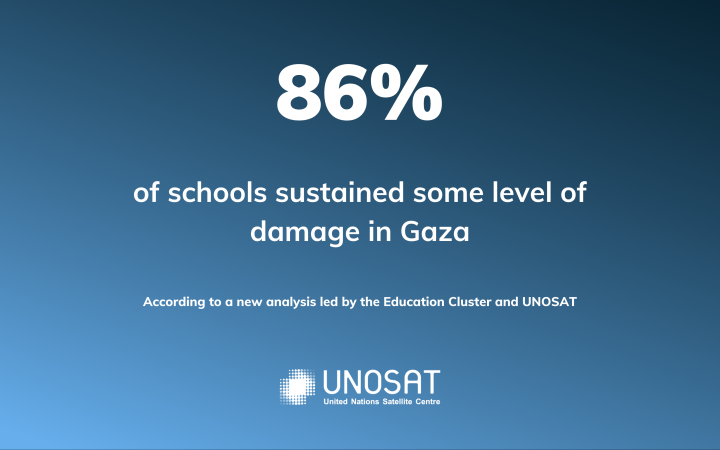In recognition of the day for elimination of violence against women on 25 November, family violence expert Carmel O’Brien outlines best practice when it comes to diagnosing and treating this insidious form of psychological trauma.
Our understanding of coercive control as a key component of family and intimate partner violence has increased significantly in recent times, and with good reason. The Australian Bureau of Statistics (ABS) estimated that in 2016, 2.2 million adult women (23 per cent) and 1.4 million adult men (16 per cent) had experienced emotional abuse by a partner.
Carmel O’Brien OAM FAPS worked for many years as Director of Clinical Services for a large community agency. She defines coercive control as “a set of behaviours that illegitimately control someone else’s freedom, or force somebody else to do what you want.”
Existing on a continuum of persuasiveness, coercive control involves threatening to hurt children or pets, vandalising property, and denigrating a partner to friends and family, all the way through to the most damaging forms of movement and mind control.
“If you keep telling somebody that they’re useless and worthless, eventually you can prevent that person from having any reality check about that,” explains O’Brien.
Such persistent undermining of a partner often leads to them doing what their abuser wants – the ultimate aim being reducing their capacity to live their life independently.
“It’s an assault on personal autonomy,” she says.
Sorting fact from fiction
Too often, perpetrators of coercive control are seen as having diminished responsibility for their actions, such as through mental illness or addiction disorders, or being a product of a poor upbringing, says O’Brien.
“The misconception is that you’re dealing with somebody who doesn’t know any different,” she says.
Yet such people can usually behave appropriately in other relationships, such as with parents and co-workers, only acting controlling and abusive in their home life.
In turn, victims are often blamed for being weak, uneducated, or failing to keep up their end of the domestic bargain. O’Brien says she still hears from survivors who have been given unhelpful advice that they could fix the problem by ensuring a more orderly home life, or by being less demanding.
“Somebody who is controlling must admit the damage they have caused, and take responsibility for their behaviour – they’re the only ones who can change it,” she says.
Understanding the warning signs
Social isolation is a common coercive control tactic, with perpetrators often limiting contact with certain friends and family, or preventing them from attending work.
Another common tactic is “sabotaging events to the extent that their partner cannot go, or believes that it’s not worth doing so,” says O’Brien. “This increases control by undermining their relationships with others.”
For younger people in particular, feeling rushed into a relationship is often an early warning sign. This tends to take the form of not respecting saying no to a date, or assuming a sexual or personal relationship exists before the other person has made a commitment.
Another red flag is jealousy and possessiveness. Monitoring, whether tracking movements or taking over decision-making, such as what clothes to wear, is a big part of coercive control.
What might initially look like signs of love can quickly turn dangerous. As O’Brien points out, “a high percentage of people who eventually are victims of murder from an intimate partner have been stalked.”
How psychologists can help
Treating someone who has articulated that they are being abused requires a specific approach. Clients won’t always be in a headspace to identify if they are experiencing coercive control, so it’s important for psychologists to be attuned to common indications that it could be occurring.
“Noticing the warning signs and assessing what’s actually going on is a critical skill,” she says. “It’s often very difficult for somebody to understand that they’re in an abusive situation, particularly if they’re constantly being told that they are the problem.”
“I look for what people are telling me about their lives,” says O’Brien. “Having a larger burden of responsibility in the household, feeling that they can never do anything right, or being afraid to upset their partner in any way – these are all red flags.”
A psychologist who recognises these harmful situations should explore them by seeking details through respectful questioning, she advises.
“If somebody says their husband gets really frustrated with the children, I will ask them what that looks like,” she says. “I take a naive curiosity about what it’s like to walk in their shoes.”
O’Brien underlines that this is a way to get a patient to tell you more, because it’s never the role of a psychologist to provide the answers.
“Our job is to ask useful questions that help people reflect on their lives,” she says.
In the course of difficult conversations, psychologists must also be upfront with clients about their obligations when it comes to family violence, such as reporting a situation where a child appears in imminent danger.
What not to do
Operating with the baseline that all violence is unacceptable, psychologists still need to understand that a coercive control situation is part of a much bigger picture. Working on individual issues while making it clear that the victim is not to blame for the abuse is a critical component of treatment.
“[Avoid] looking for individual pathology or trying to figure out what label you might give them,” says O’Brien.
Equally, we must always be clear that the victim is not to be blamed for being abused.
“It doesn’t matter if they’re dealing with substance abuse or mental health issues – this does not cause or excuse violence.”
Telling a victim to leave, or asking them why they haven’t, also doesn’t help. A better response is to explore their support and trust networks, and point them towards people and agencies who can help them with safety, planning and material resources.
Finding resilience
For somebody living with denigration, their therapist might be the only person who is able to point out their strengths, says O’Brien.
“There is real courage in sitting before a psychologist and talking about their issue.”
All too often, taking these initial steps can be dangerous for a victim. The role of the psychologist, then, is to build upon small victories, such as helping them to think differently about themselves.
“As professionals, we have to recognise that we’re aiming to give victims as much control as possible over their own lives,” she says. “In coercive control situations, that is what they’ve lost.”







